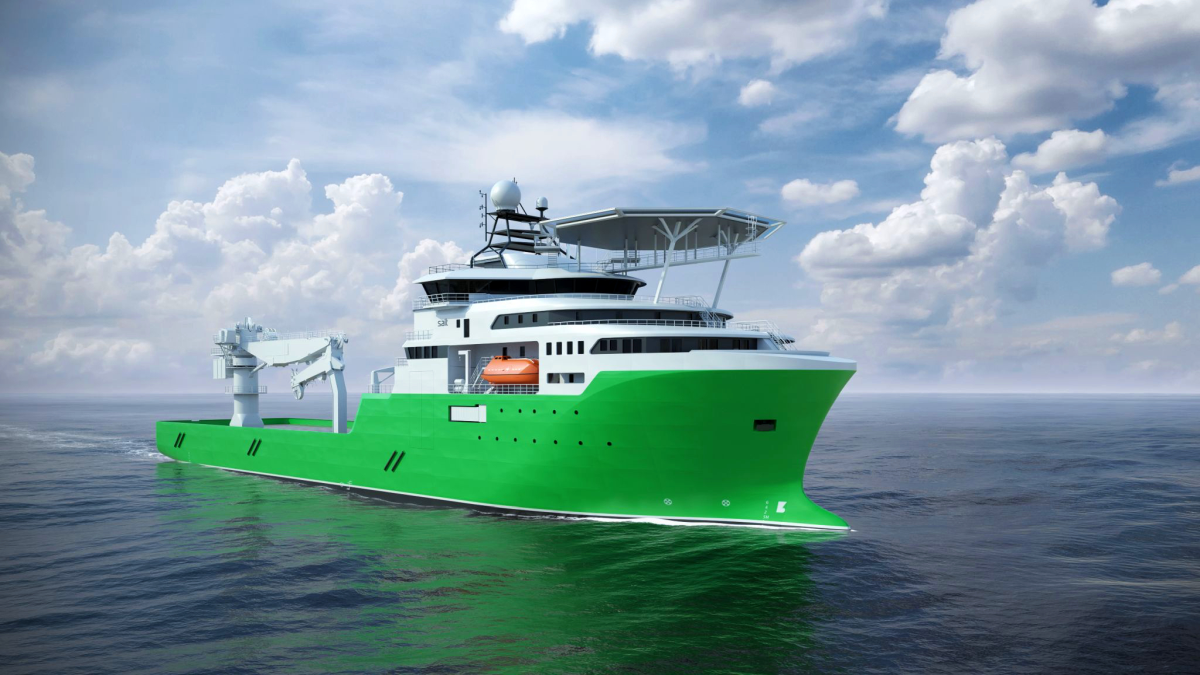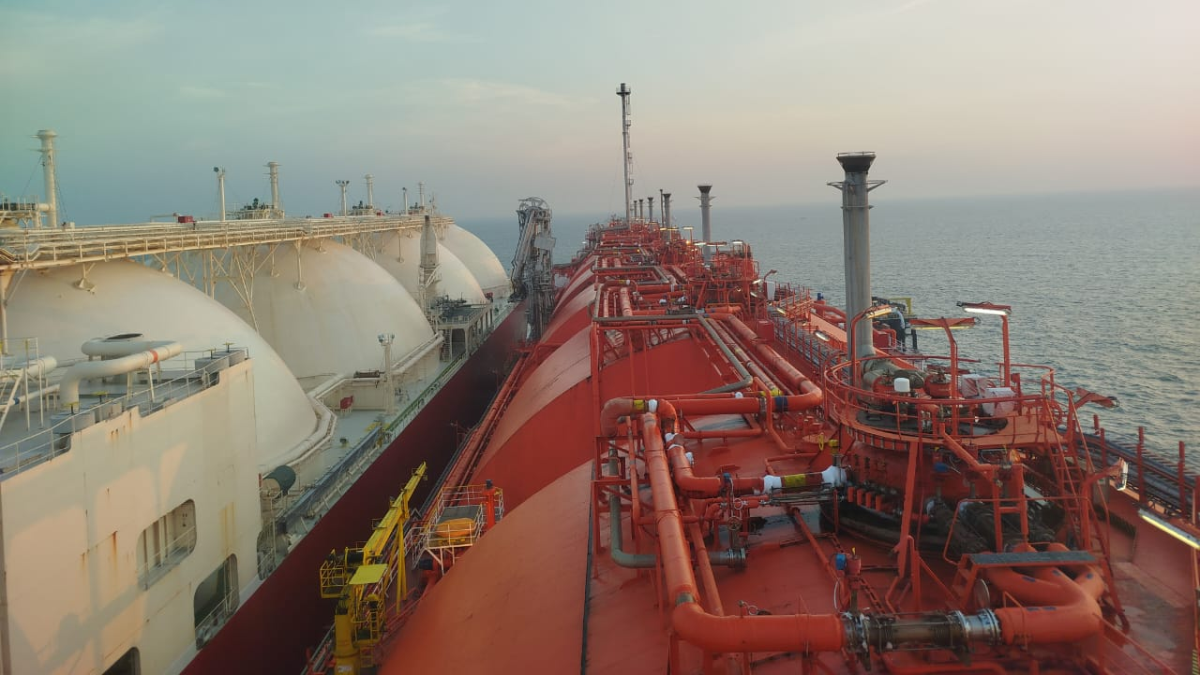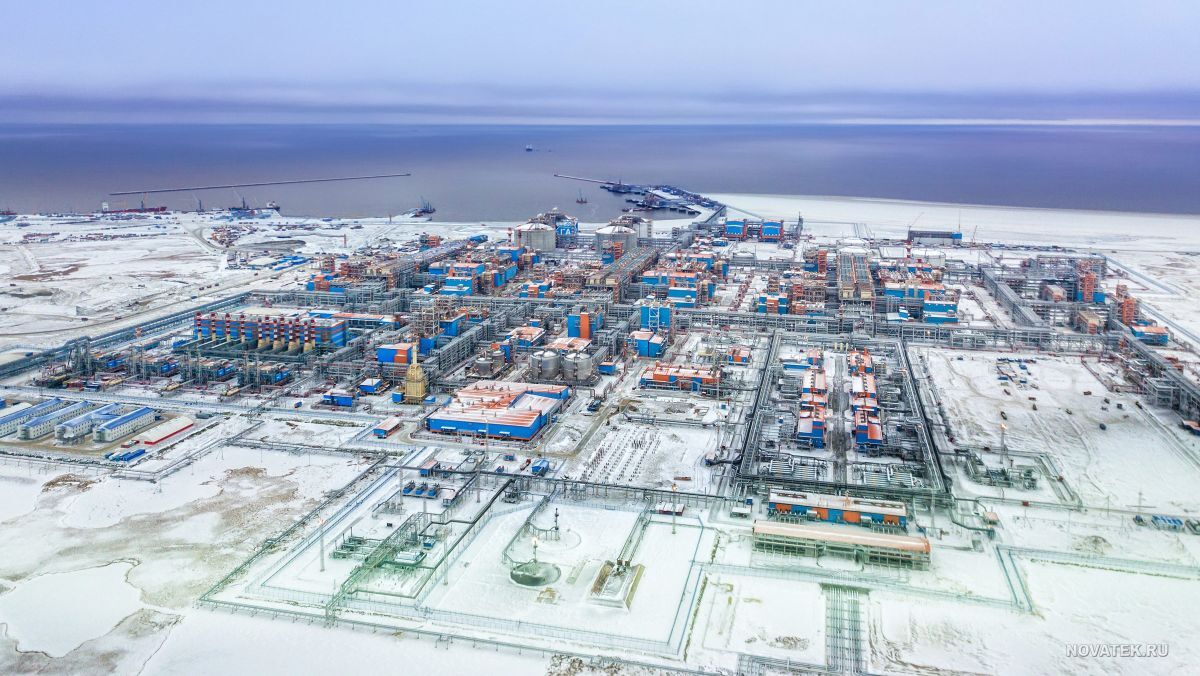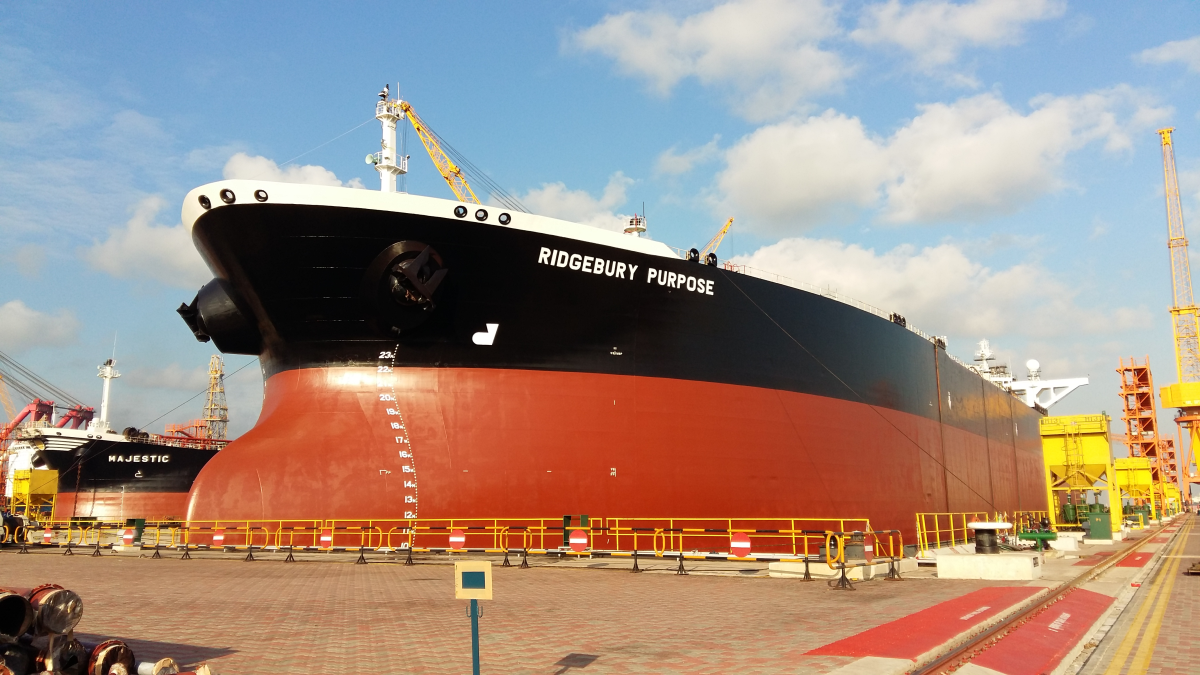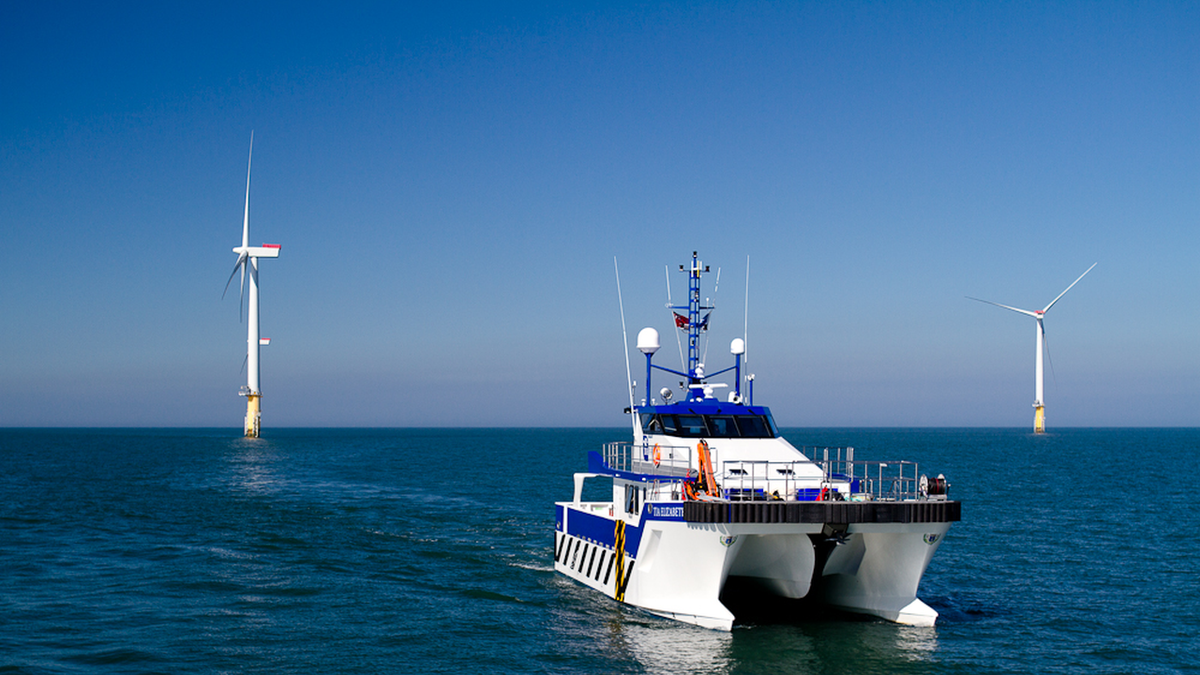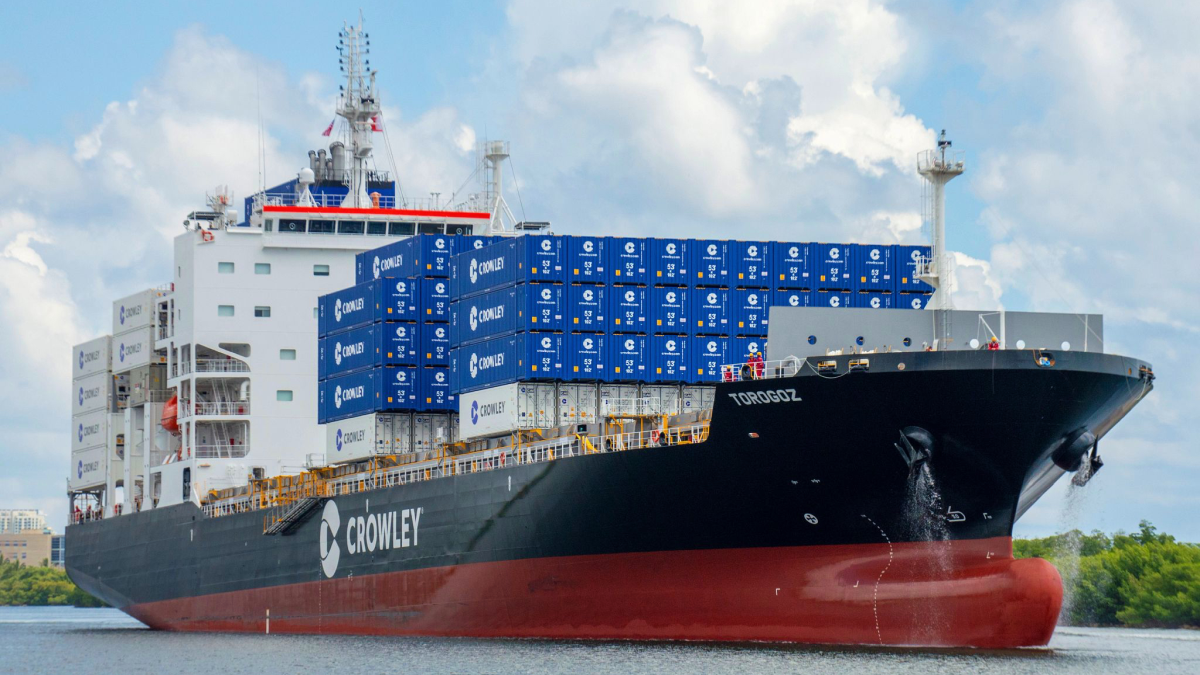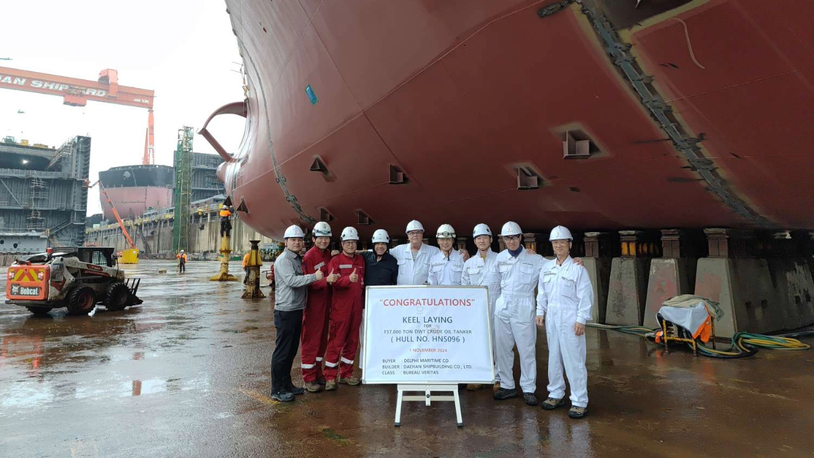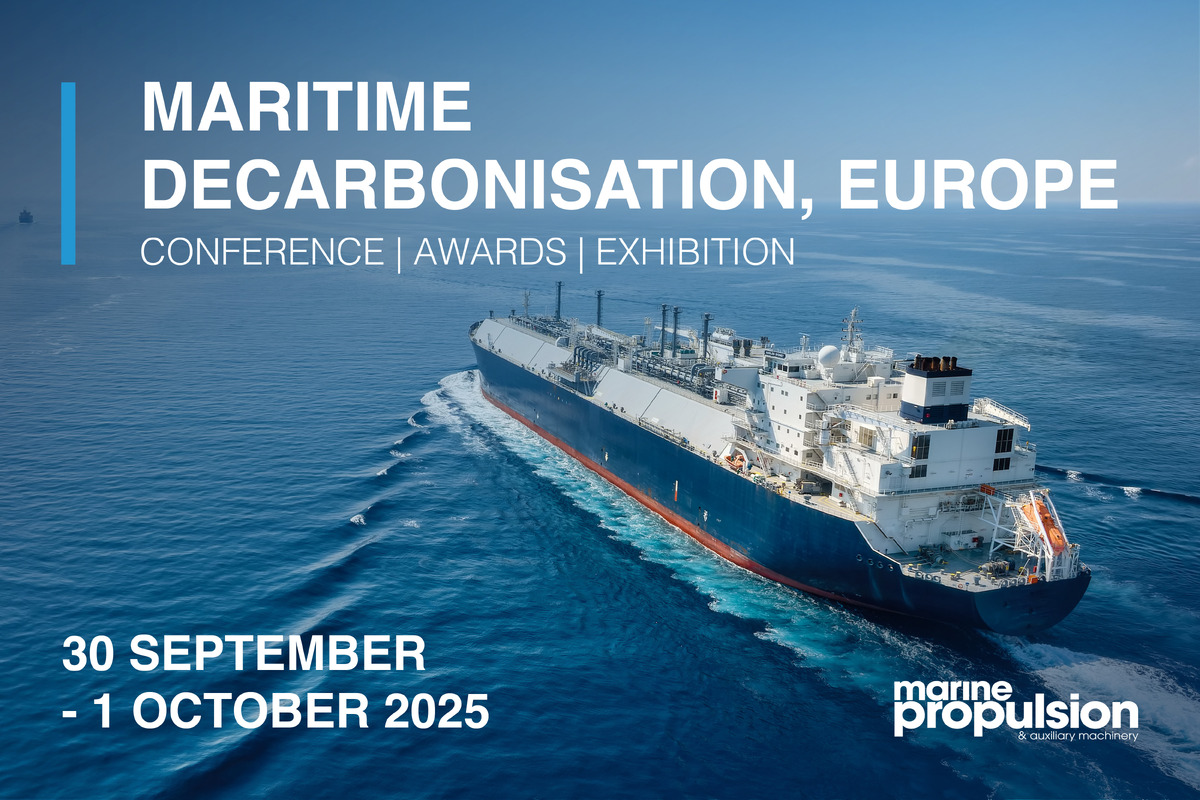Business Sectors
Events
Contents
Speculative ordering behind record CSV deliveries
The CSV orderbook has grown to more than 25 vessels, with potential for record deliveries in 2027, says a leading shipbroker
Robust subsea activity supporting offshore production and renewables projects has led to some speculative newbuilding in the sector, with a record number of construction support vessels (CSVs) due for delivery in 2027, according to a leading shipbroker.
Fearnleys reported that the shipbuilding orderbook for such vessels with offshore cranes between 150- and 250-t capacity has grown to more than 25 newbuilds, with deliveries beginning H2 2026 and extending into 2028. The broker sees 2027 as “potentially setting a new record for the highest number of CSVs delivered in any one year.”
Fearnleys noted that a further two 150-t light construction vessels were contracted during July, leading to nine firm units currently under construction. “As of today, the vast majority of units are also ordered on a speculative basis and have no firm contracts commitments in hand.
“Given the softening in demand we experienced in recent months, combined with the availability of newbuilds, it is likely that new fixing levels will stabilise and potentially even soften in some cases,” it said.
Among the most recent orders is one by DEME for a 123-m, DP-2-class CSV to support subsea cable work for the offshore wind market. The Euronext-listed marine contractor, which specialises in offshore energy, environmental remediation, dredging, and marine infrastructure, said the methanol-ready battery-hybrid newbuild represents “a sizable investment” – which it defines as between €50M-€150M (US$59M-US$176M).
Designed by Norway’s Salt Ship Design, the offshore construction vessel (OCV) will be capable of executing trenching, burial, and cable-laying operations, bolstering DEME’s existing fleet of cable installation vessels.
Based on the advanced Norwegian Salt 310 design, the 123-m OCV will be equipped with a DP2 dynamic positioning system, accommodation for 123, a 150-t active heave-compensated offshore crane, a hangar for two Work Class ROVs, a hybrid 1,000-kWh battery system, and a methanol-ready propulsion design for future-fuel flexibility.
Below deck, the vessel is configured to accommodate two 2,500-t cable carousels, supporting trenching, burial, and cable-laying operations.
From the vessel, a ROV trencher can be launched to execute subsea cable installation operations, working in synergy with DEME’s cable installation fleet. The OCV will be constructed at PaxOcean’s Zhoushan shipyard in China for delivery in 2028.
“The vast majority of units are ordered on a speculative basis”
As of press time, it was not confirmed as to whether the contract contained options for additional vessels.
It has been a busy time for Salt Ship Design. This order follows on the heels of one by “a top-tier Asian shipowner” that was later revealed as Purus for two Salt 311 ECV design methanol-ready OCVs. Salt Ship Design chariman, Egil Sandvik, initially broke the news of the order on social media. These vessels will be constructed at China’s Wuchang Shipbuilding Industry Group. The contract contains options for two additional OECVs.
The Norwegian ship designer will deliver a “comprehensive design and engineering package” under its contract, said Mr Sandvik.
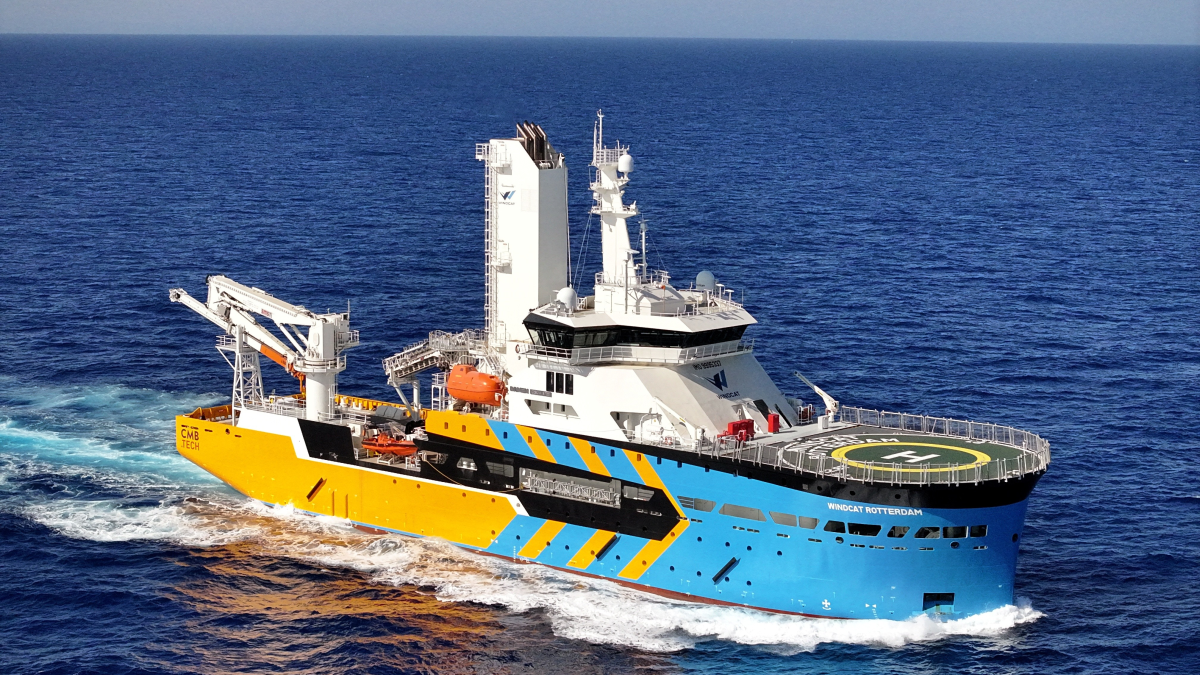
According to additional details provided by Salt Ship Design sales director, Tor Henning Vestbøstad, the OECVs will have an overall length of 111 m, beam of 23 m, with a clear deck area of 1,400 m2, a moonpool of 7 x 7 m, a 150-t active heave compensation offshore crane, preparation for an underdeck cable carousel, and accommodation for 111.
The new Salt 311 ECVs are prepared for a below-deck carousel and alternative fuel operations. Furthermore, the design includes provisions to support a wide range of operations within both the renewables and oil and gas markets, according to Salt Ship Design.
Fearnleys reported a total of eight Salt-designed 150-t AHC subsea vessels are under construction at the yard, including two Seatankers units, two Allseas units and two new firm units.
CSOV special delivery
Methanol has emerged as a leading alternative fuel of choice for many offshore dual-fuel newbuilds. But when it comes to alternative fuel, Windcat believes hydrogen is the molecule of choice. It has been a pioneer in the use of hydrogen engine technology in the crew transfer vessel sector. Building on its experience and collaboration with CMB.TECH, Windcat has pushed the use of hydrogen dual fuel technology further with the commissioning service operation vessel (CSOV) Windcat Rotterdam. The 89.3-m Damen-built CSOV, the first of six such Elevation Series vessels, had an official launch ceremony in Singapore in August.
Euronext-listed CMB.TECH’s hydrogen technology is used in the vessel and other CSOVs in the Elevation Series. A dual-fuel MAN LE 337 hydrogen engine will enable the auxiliary genset to run on hydrogen. The hydrogen genset, storage and fuel supply system are ready for integration on the vessel once final approvals are in place. This approach supports future regulations for hydrogen use in medium-sized vessels, according to Windcat.
FSIV newbuilds on track in Singapore
Singaporean shipbuilder Lita Ocean has launched Zamil 81, the second of three 60-m fast support intervention vessels (FSIVs) for Zamil Offshore Services.
Being built to ABS class, Zamil 81 is an aluminium monohull vessel designed by Incat Crowther to provide a full load service speed of 25 knots and is equipped to transport up to 60 service personnel in business-class seating. The 60-m by 9-m vessel can reach a maximum speed of 36 knots.
The first in the series, the Panama-flagged Zamil 80, was delivered in Q2 2025 and is operating in the Arabian Gulf. The last two in the series will be handed over this year.
Each FSIV is powered by four MTU 16V4000 four-stroke diesel engines, coupled to ZF gearboxes that drive Hamilton HT810 Waterjets.
The vessels’ main deck has a 250-m2 aft cargo deck rated at 2.5 t/ m2 and a climate-controlled forward cabin featuring business-class seating for 60 service personnel.
Saudi owner Zamil Offshore will use the FSIVs to transport cargo, heavy maintenance equipment and personnel for Saudi Aramco’s operations in the Arabian Sea.
Related to this Story
Events
Maritime Decarbonisation, Europe: Conference, Awards & Exhibition 2025
Offshore Support Journal Conference, Americas 2025
LNG Shipping & Terminals Conference 2025
© 2024 Riviera Maritime Media Ltd.


